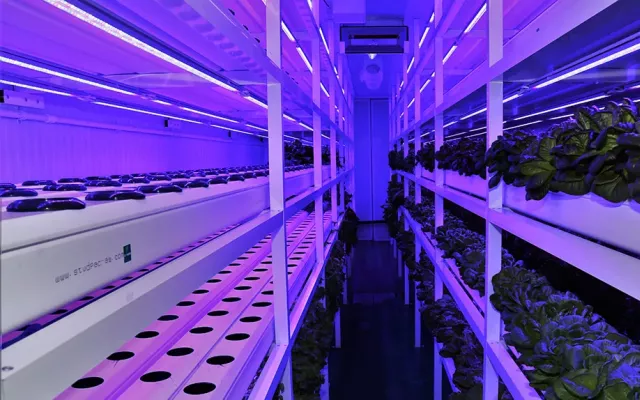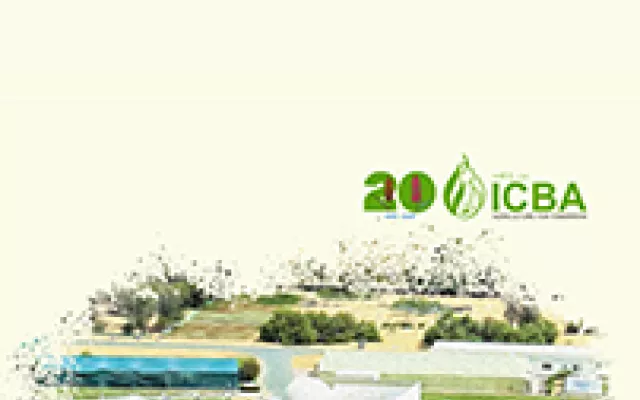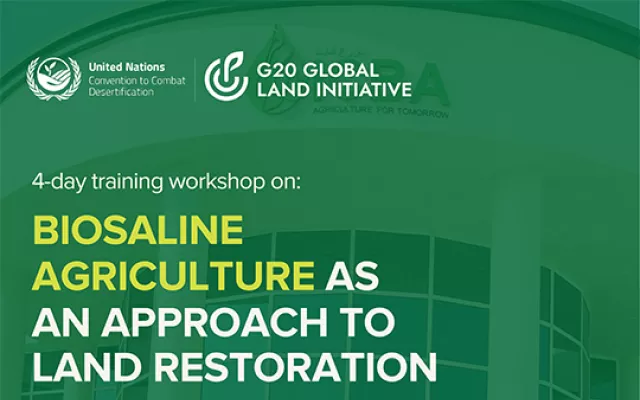Drainage, salt-leaching impacts, and the growth of Salicornia bigelovii irrigated with different saline waters
We sought to assess the impact on groundwater of using three types of saline waters to irrigate the halophyte Salicornia bigelovii Torrey in the hyper-arid United Arab Emirates. These were groundwater (GW) at 25 dS m−1, reverse-osmosis brine (RO) from a desalination unit at 40 dS m−1, and the aquabrine (AQ) effluent from land-based aquaculture in tanks filled with RO brine, also at 40 dS m−1. The three waters were applied through bubblers (BUB), pressure-compensated drippers (PCD), or subsurface irrigation tape (SUB). The yields of Salicornia fresh tips, harvest forage, and seed were greatest for AQ applied through BUB, being 650 g m−2. We found 2–2.6 kg m−2 for dry forage yield with AQ through BUB, compared with 1–2.3 kg m−2 for the other waters and emitter devices. The highest water productivities WPI (kg m−3) across all three crop-outputs came from Aquabrine applied by pressure-compensated drippers. We assessed the gross economic water productivity (GEWPI, $ m−3) based solely on gross revenue. The GEWPI was highest for AQ applied through PCD and SUB, namely 5.8–6.2 $ m−3. The value derives primarily from fresh tips. The GEWPl was well above the cost of desalination at $1.5 m−3. We measured drainage and leaching using fluxmeters. The greatest salt load to groundwater came from BUB, being 135–195 kg m−2. For PCD and SUB it was between 14 and 36 kg m−2. Mass-balance calculations of these salt loadings can predict the impact on the saline quality of aquifers. We used an exemplar loading of 75 kg m−2, and results in an annual salinity rise of 2.6 dS m−1 y−1 for an aquifer of saturated depth of 100 m. This significant rate of rise in the salinity of groundwater would represent a continuing deterioration in the utility of groundwater.
Year
2023
Publication Source
Agricultural Water Management
Publication type
Scientific Paper
Volume/Chapter/Issue
289










